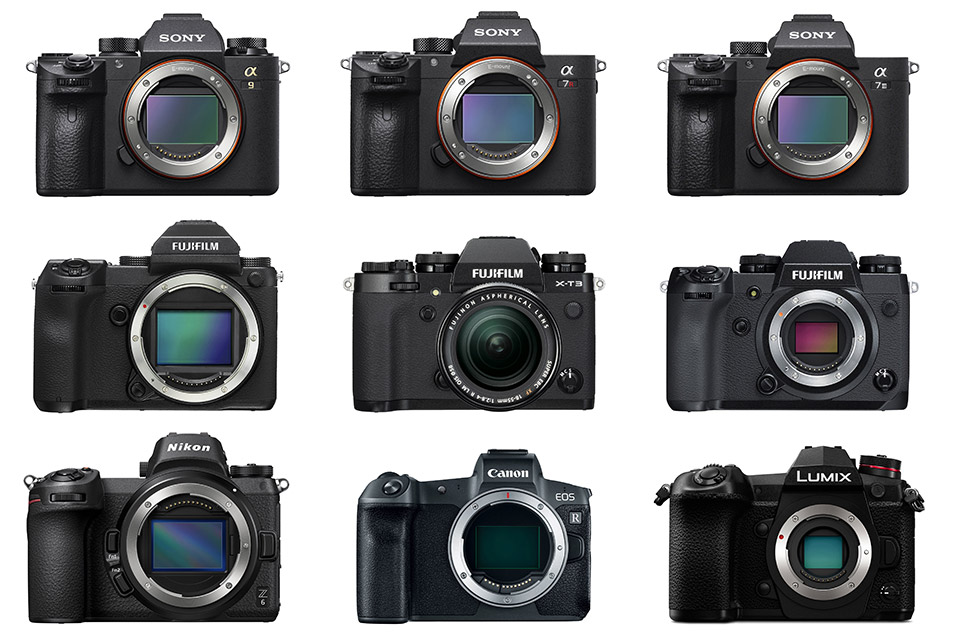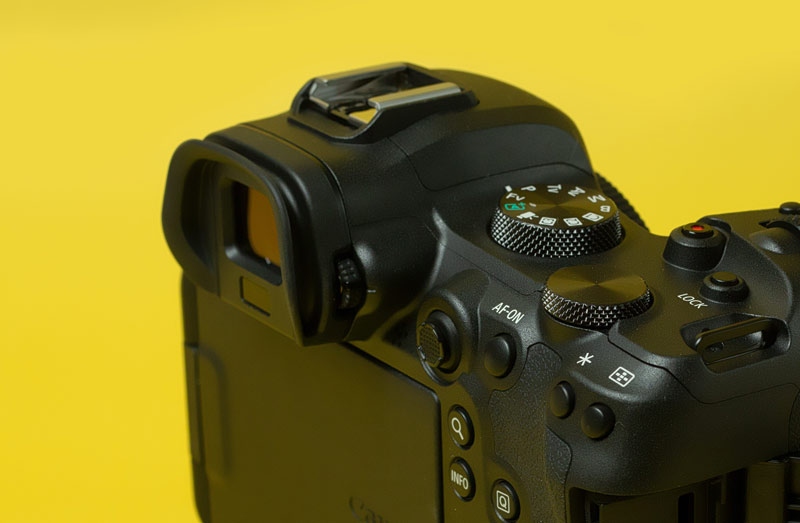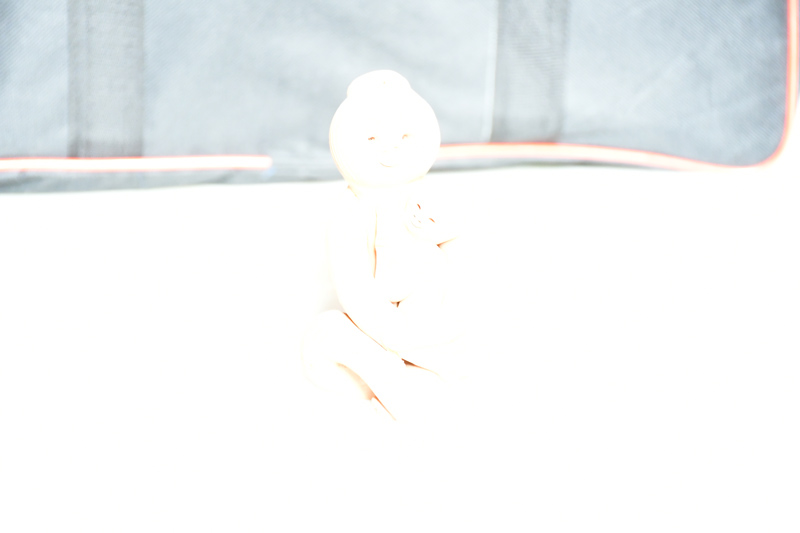ISO in mirrorless camera or predecessor is a critical parameter that determines the sensitivity of the camera’s image sensor to light. The ability to control ISO settings provides photographers with a versatile tool to adapt to various lighting conditions and achieve optimal image quality. With the rise in popularity of mirrorless cameras, it becomes essential to understand how ISO functions in this new generation of photographic technology. In this article, we will explore the significance of ISO in mirrorless cameras and its impact on capturing stunning visuals.
Understanding ISO
ISO, derived from the International Organization for Standardization, refers to the numerical value that represents the sensitivity of a camera’s image sensor to light. In traditional film photography, ISO represented the sensitivity of the film. In the digital era, ISO is a digital equivalent that simulates the effect of film sensitivity. The higher the ISO value, the more sensitive the sensor becomes, allowing it to capture images in low-light situations.
ISO and Mirrorless Cameras

Mirrorless cameras differ from traditional DSLRs (Digital Single-Lens Reflex) in terms of their internal structure and design. Unlike DSLRs, which employ a complex system of mirrors and prisms. Mirrorless cameras directly project the image onto the image sensor. It eliminates the need for an optical viewfinder. This streamlined design offers several advantages, including reduced size, weight, and increased flexibility.
ISO Range in Mirrorless Cameras
Mirrorless cameras feature a wide range of ISO settings, often spanning from low ISO values, such as 100 or 200, to extremely high values, such as 51,200 or even higher. The availability empowers the photographers to adapt to diverse lighting conditions, ranging from bright outdoor scenes to dimly lit indoor environments.
Low ISO Settings
When shooting in ample light conditions, photographers can opt for low ISO settings. Lower ISO values, such as ISO 100 or 200, offer several advantages. Firstly, they produce images with minimal noise or grain, resulting in high-quality, detailed photographs. Secondly, low ISO settings enable photographers to utilize longer exposure times, which can be advantageous for landscape photography, architecture, and other genres where capturing intricate details is crucial.
High ISO Settings
In situations where light is scarce, mirrorless cameras shine by providing exceptional performance at high ISO settings. By increasing the ISO value, the camera’s sensor becomes more sensitive to light, allowing for better exposure in challenging lighting conditions. However, it’s essential to note that higher ISO settings can introduce digital noise or grain into the image, degrading the overall quality. Nevertheless, modern mirrorless cameras employ advanced image processing algorithms to mitigate noise and maintain image integrity at higher ISOs.
ISO and Low-Light Photography
Low-light photography is an area where mirrorless cameras excel. Their ability to handle high ISO settings with minimal noise ensures stunning results even in dimly lit environments. With the advancement in sensor technology, many mirrorless cameras now offer impressive ISO performance, allowing photographers to capture captivating nightscapes, indoor events, and other low-light scenarios with remarkable detail and clarity.

Dynamic ISO and Auto ISO
Some mirrorless cameras offer dynamic ISO and auto ISO features. Dynamic ISO automatically adjusts the ISO value as per the prevailing lighting conditions while ensuring optimal exposure. This feature proves beneficial when shooting in rapidly changing environments or situations where manual adjustments might be impractical. Auto ISO, on the other hand, allows photographers to set a range of ISO values within which the camera automatically adjusts the sensitivity based on the available light. These features provide added convenience and flexibility, enabling photographers to focus more on composition and creative aspects.
[mc4wp_form id=”20969″]
Advantages
In mirrorless cameras, the exposure is typically visible in real-time through the electronic viewfinder (EVF) or the rear LCD screen. This is one of the advantages of mirrorless technology, as it allows photographers to preview the exposure before capturing the image. Here’s how the ISO setting affects the exposure visibility in a mirrorless camera
EVF/LCD Preview
When you adjust the ISO setting in a mirrorless camera, the EVF or LCD screen instantly updates to reflect the exposure changes. As you increase the ISO, the preview becomes brighter, allowing you to see the impact of the increased sensitivity on the overall exposure. Conversely, decreasing the ISO will darken the preview accordingly.

Exposure Simulation
Mirrorless cameras often provide an exposure simulation feature, which simulates the final exposure based on your camera settings. This means that the preview reflects not only the ISO adjustments in mirrorless camera but also changes in aperture and shutter speed. As you modify the ISO, you can see how it affects the exposure in conjunction with other exposure settings.
Exposure Histogram
Mirrorless cameras also display an exposure histogram on the EVF or LCD screen. The histogram graphically represents the distribution of brightness levels in the scene, allowing you to assess the exposure accuracy. As you adjust the ISO, you can observe how the histogram changes, helping you achieve the desired exposure levels.
Highlight/Shadow Clipping Warnings
Some mirrorless cameras offer highlight and shadow clipping warnings in the EVF or LCD screen. These warnings indicate areas of the image that are either overexposed (highlight clipping) or underexposed (shadow clipping). By adjusting the ISO, you can monitor these warnings and make informed exposure decisions to avoid losing detail in important areas of the image.
Overall, the real-time exposure preview in mirrorless cameras, including the visibility of ISO adjustments, allows photographers to have a better understanding of how their exposure settings affect the final image. This instant feedback empowers photographers to make quick adjustments and achieve the desired exposure and creative intent, leading to more accurate and well-exposed photographs.
Conclusion
ISO is a crucial parameter that allows photographers to control the sensitivity of their camera’s image sensor. In mirrorless cameras, ISO plays a pivotal role in adapting to diverse lighting conditions, resulting in stunning visuals. Whether it’s capturing richly detailed landscapes in daylight or preserving the ambiance of dimly lit scenes, mirrorless cameras offer a wide range of ISO settings to cater to every photographer’s needs. Understanding ISO and its impact on image quality empowers photographers to leverage this fundamental tool and capture breathtaking photographs with their mirrorless cameras.






